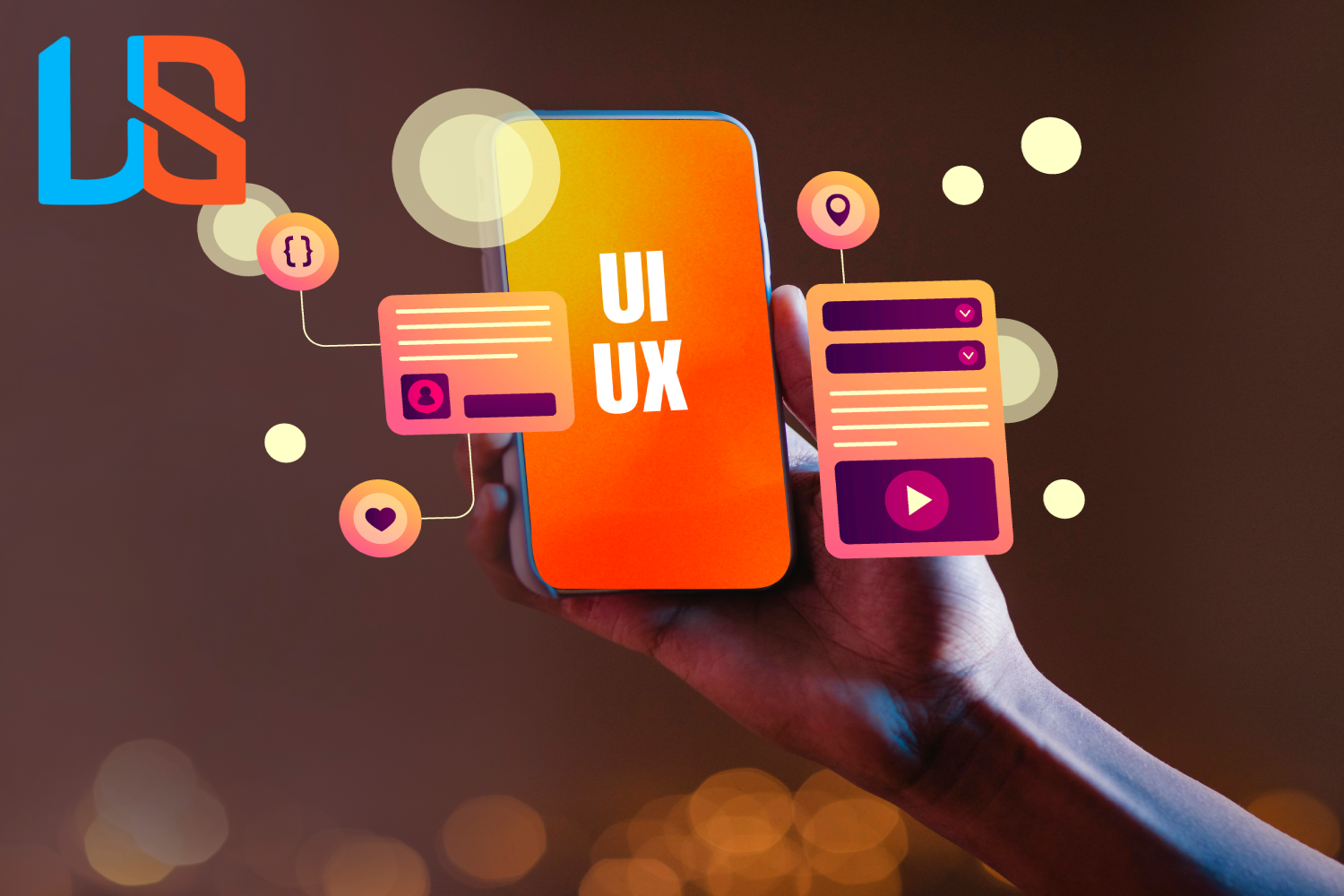
Virtual Reality (VR) has emerged as one of the most exciting and transformative technologies in recent years. It has revolutionized various industries, offering immersive experiences that were once considered only possible in science fiction. As VR technology continues to evolve, we witness continuous advancements that are shaping our future and changing the way we interact with the digital world. In this article, we explore the innovations in virtual reality and its wide-ranging applications across different sectors.
Introduction
Virtual Reality has come a long way from its humble beginnings as a concept in science fiction to a fully immersive digital experience. It has made significant strides over the years, providing a sense of presence and interaction in artificial environments. From gaming and entertainment to education, healthcare, and business, VR applications are expanding rapidly.
Understanding Virtual Reality (VR)
Virtual Reality is a technology that simulates a computer-generated environment, allowing users to interact with it as if they were physically present. It involves the use of specialized hardware, such as head-mounted displays (HMDs) and controllers, to create a realistic experience. The goal of VR is to immerse the user in a digital world that feels authentic and convincing.
The Evolution of VR: Past to Present
The concept of VR dates back to the 1960s, but it wasn’t until the 1990s that VR gained momentum with the introduction of VR arcade machines. However, it was costly, and the technology was not advanced enough to deliver truly compelling experiences. In recent years, technological advancements in computing power, graphics, and sensors have fueled the VR revolution.
VR Hardware Innovations
1. Head-Mounted Displays (HMDs)
HMDs are the gateway to the virtual world. These devices have evolved significantly, becoming more lightweight, comfortable, and visually impressive. High-resolution displays and wide fields of view enhance the level of immersion, making the virtual experience more lifelike.
2. Motion Tracking and Controllers
Precise motion tracking and intuitive controllers enable users to interact with the virtual environment. Hand gestures and movements are accurately replicated, adding to the sense of realism and control.
3. Haptic Feedback Devices
Haptic feedback devices provide tactile sensations, such as vibrations and pressure, to make virtual interactions more tangible and engaging.
VR Software Developments
1. Realistic Environments and Graphics
Advancements in VR software have resulted in highly realistic virtual environments. Cutting-edge graphics and spatial audio enhance the sense of presence, transporting users to entirely new realms.
2. Artificial Intelligence Integration
AI integration in VR enables more intelligent and dynamic interactions with virtual elements, creating responsive and personalized experiences.
3. Social VR Platforms
Social VR platforms allow users to connect and interact with others in virtual spaces, fostering a sense of community and collaboration.
Applications of Virtual Reality
1. Gaming and Entertainment
Gaming is one of the most prominent applications of VR. Players can immerse themselves in virtual worlds and interact with the game environment, providing an unparalleled gaming experience.
2. Education and Training
VR is transforming education and training by offering realistic simulations and interactive learning environments. It is used in fields such as medical training, aviation, and military training to enhance skills and knowledge.
3. Healthcare and Medicine
VR has proven valuable in healthcare for pain management, physical therapy, and treating mental health disorders. It also enables medical professionals to practice surgeries in a risk-free environment.
4. Architecture and Design
Architects and designers use VR to create virtual walkthroughs of buildings and prototypes, allowing clients to experience spaces before construction begins.
5. Tourism and Exploration
VR is revolutionizing the way we experience tourism and exploration. Users can virtually visit historical landmarks, famous cities, and even explore the depths of the ocean.
Future of VR
The future of VR looks promising with ongoing research and innovation. Advancements in hardware, software, and AI will make VR even more captivating and beneficial across various domains.
FAQs
Virtual Reality (VR) is a technology that uses computer-generated environments to create lifelike experiences for users. It involves the use of specialized hardware, such as head-mounted displays (HMDs) and motion controllers, to immerse individuals in artificial environments that feel realistic and interactive.
While VR is generally safe for most users, some individuals may experience motion sickness or discomfort, especially during extended use. Manufacturers are continually improving VR technology to minimize these effects and enhance user comfort. It is essential to take breaks and follow guidelines for healthy VR usage.
VR works by tracking the user’s movements and replicating them within the virtual environment. HMDs display 3D visuals that change according to the user’s perspective, while motion controllers allow users to interact with and manipulate objects in the virtual world.
Yes, VR is increasingly being utilized for training purposes across various industries. From medical simulations and military training to virtual classrooms and employee onboarding, VR provides a safe and effective way to practice skills and enhance learning.
Virtual Reality has numerous applications in healthcare, including pain management, physical therapy, and treating mental health conditions like phobias and PTSD. It also enables medical professionals to practice surgeries and procedures in a risk-free environment.
Conclusion
Virtual Reality has come a long way from its inception, and its progress continues to shape various industries. From gaming and education to healthcare and marketing, VR offers endless possibilities for both consumers and businesses. Embracing the potential of VR while addressing its challenges will lead





